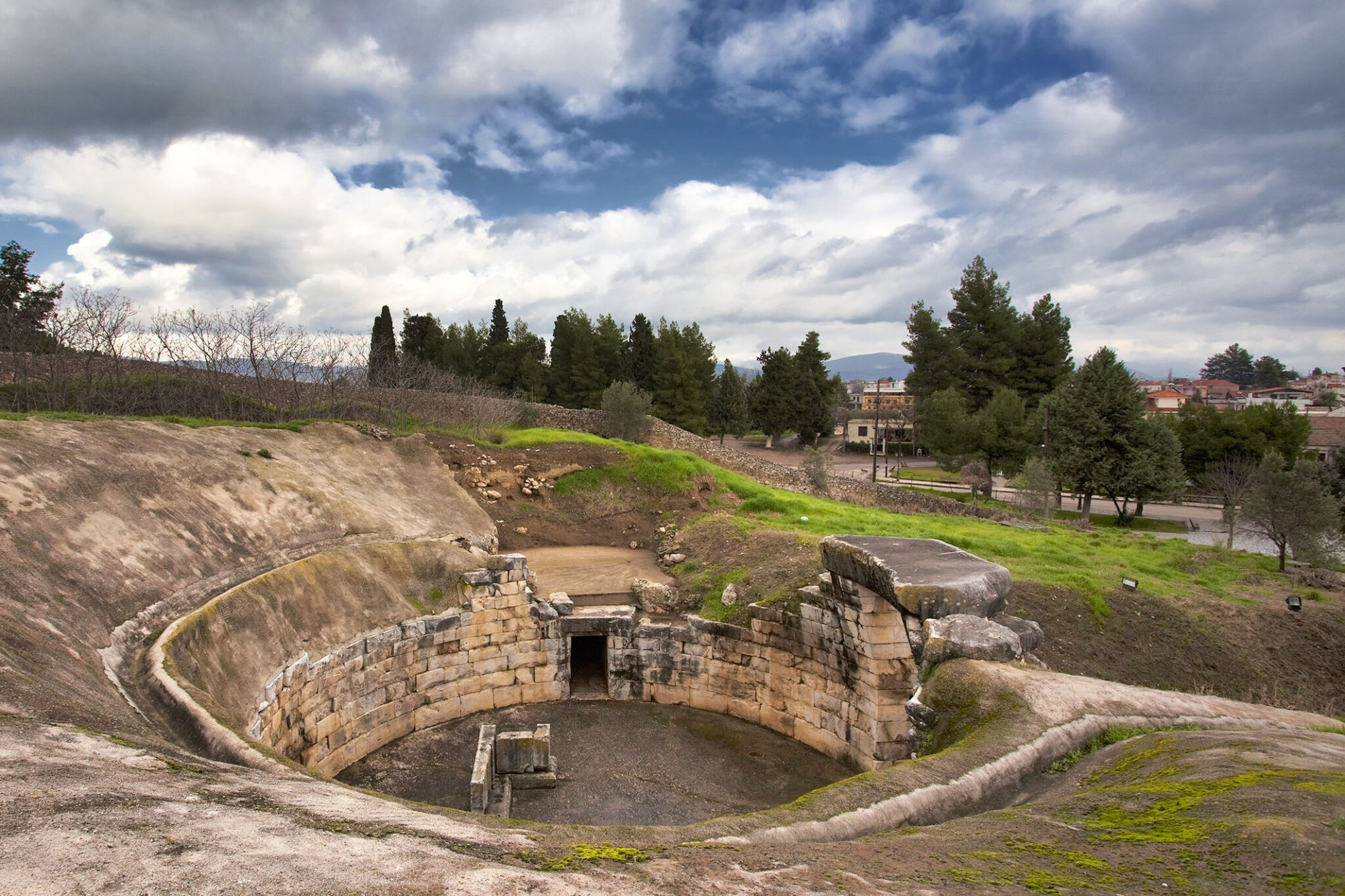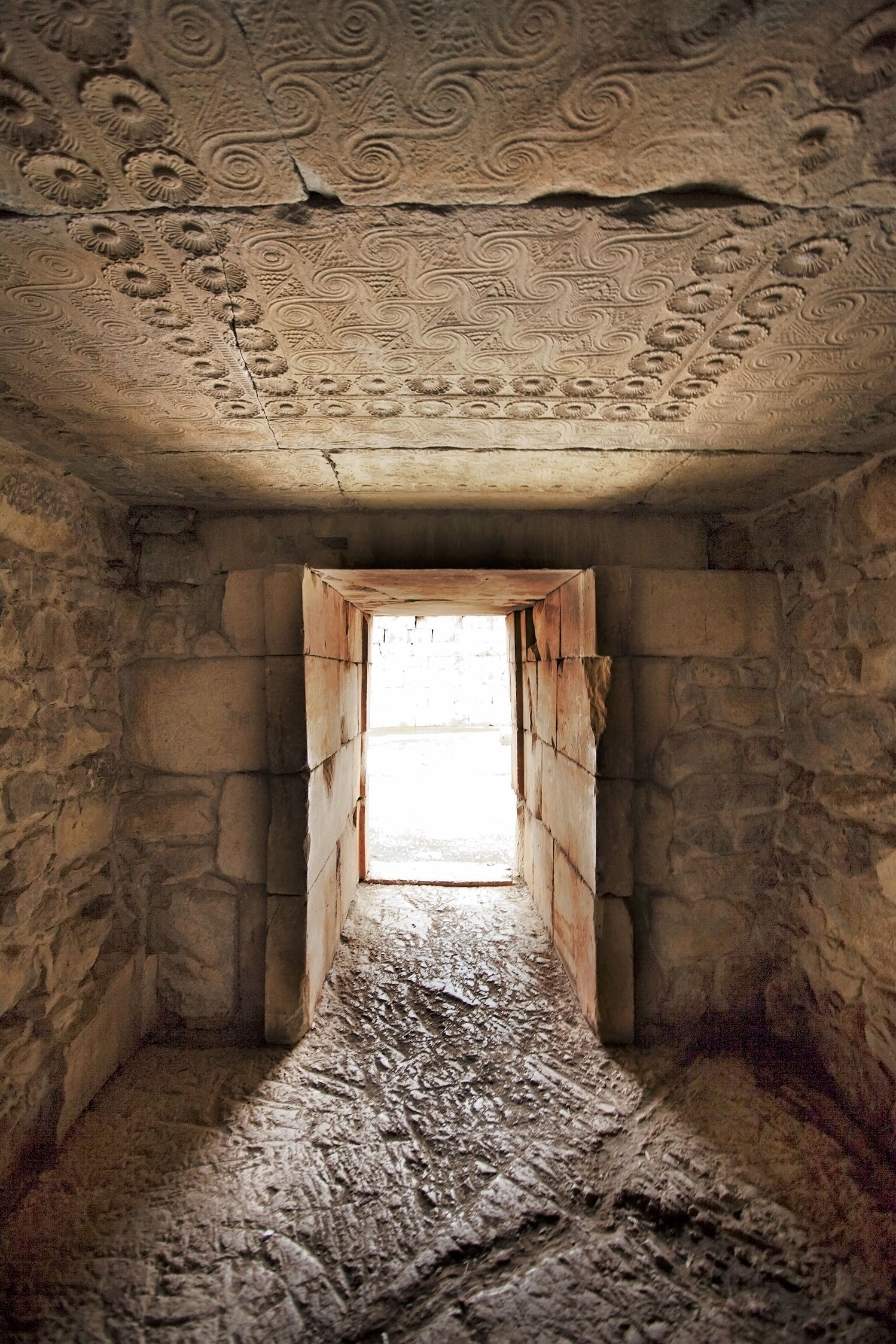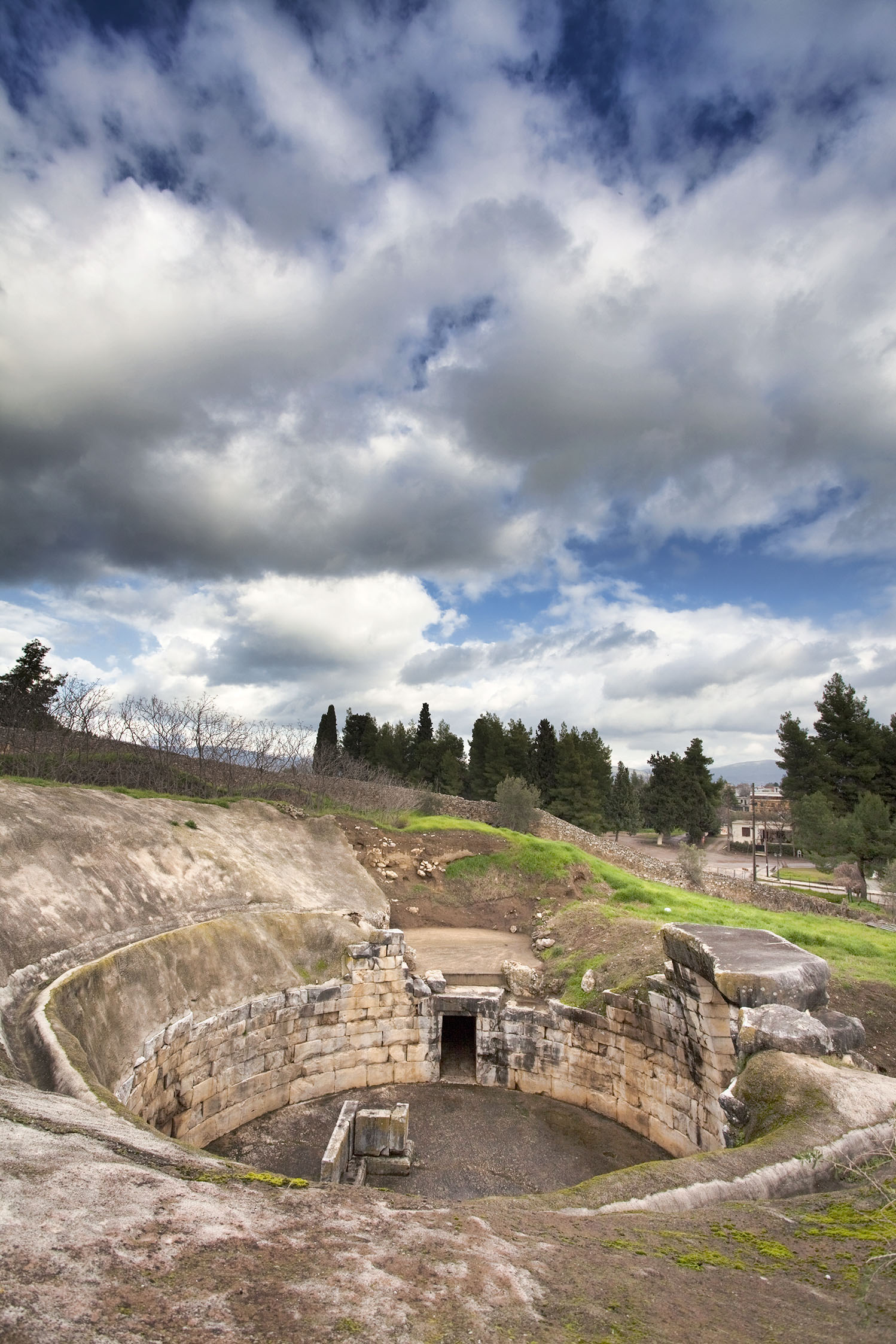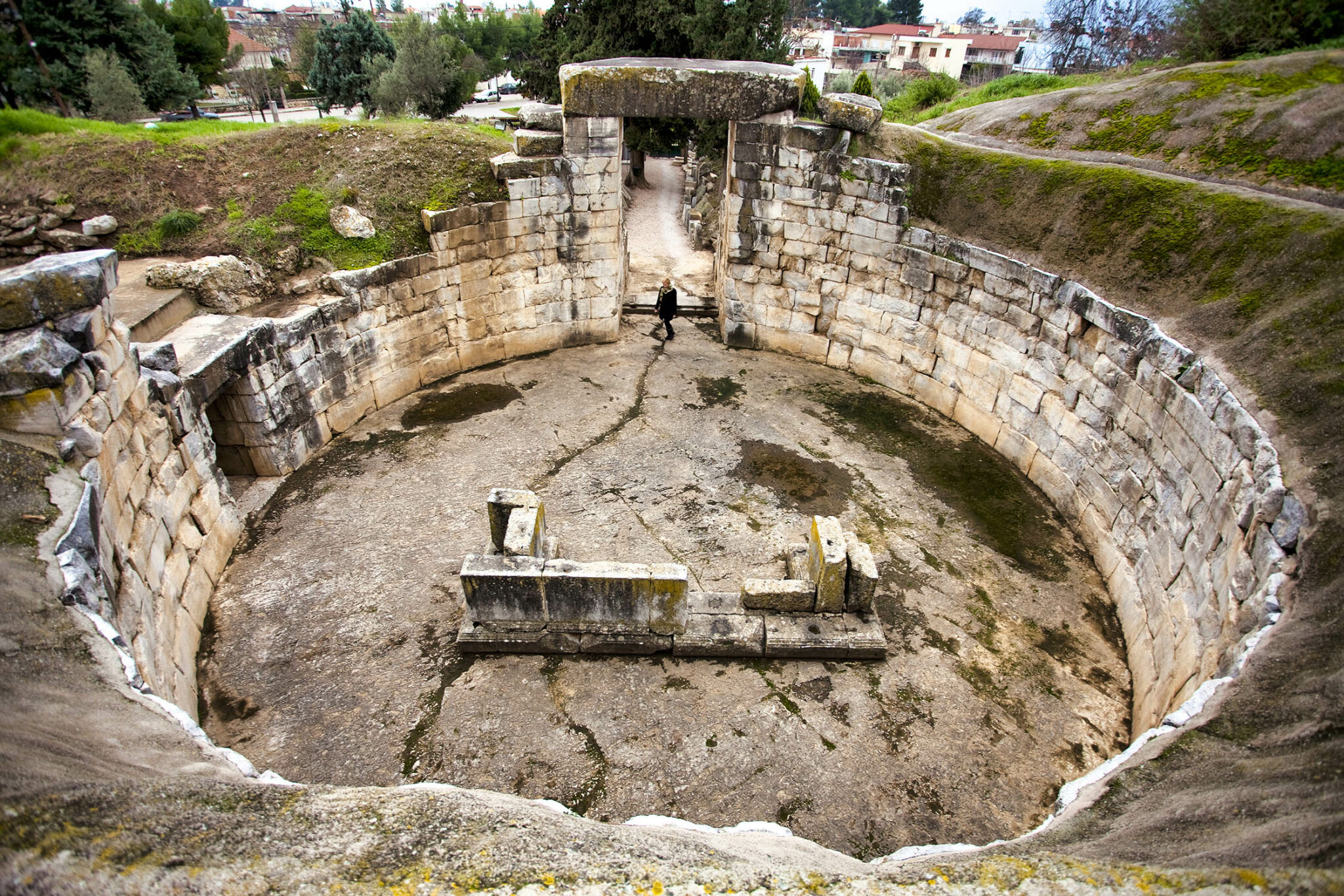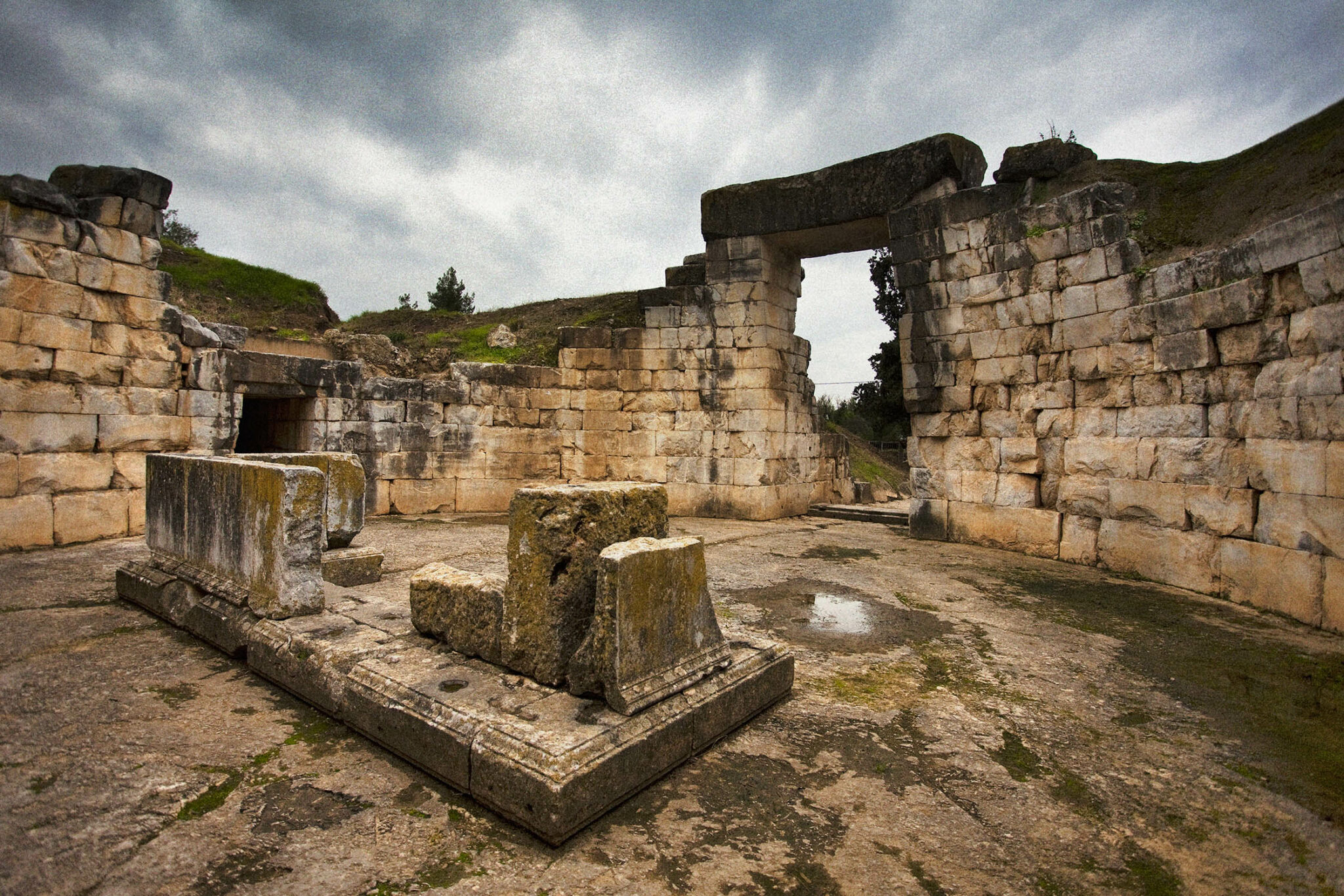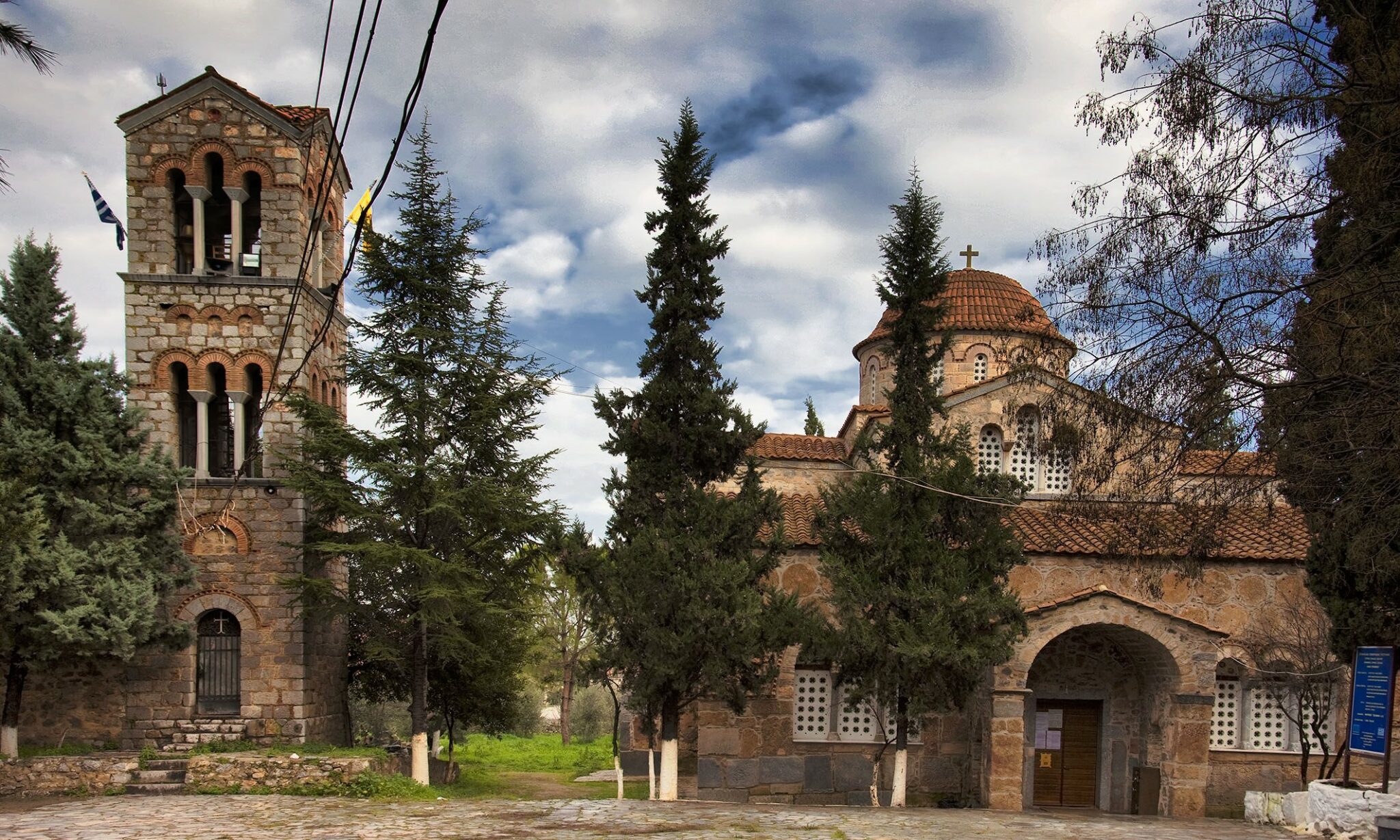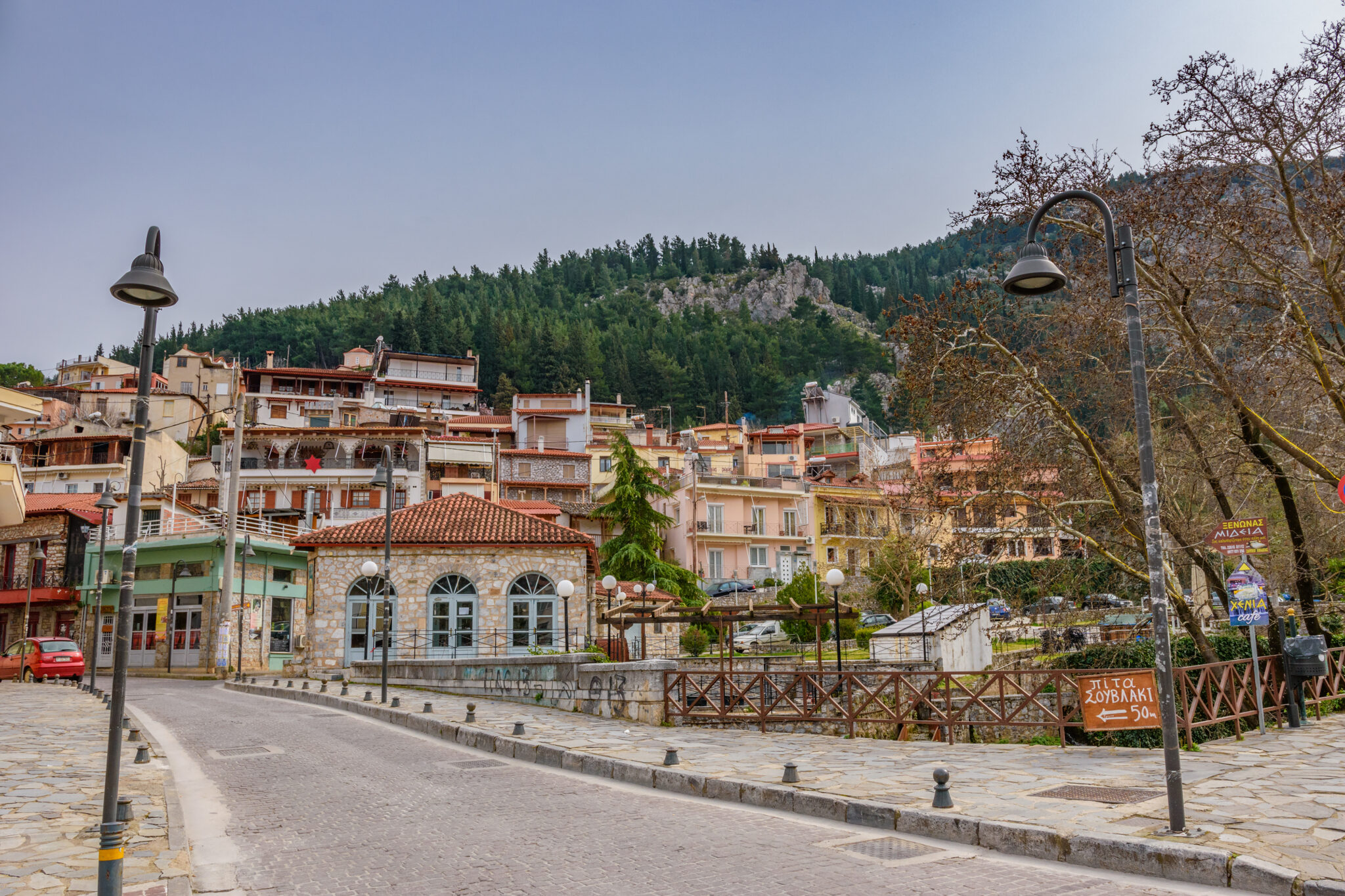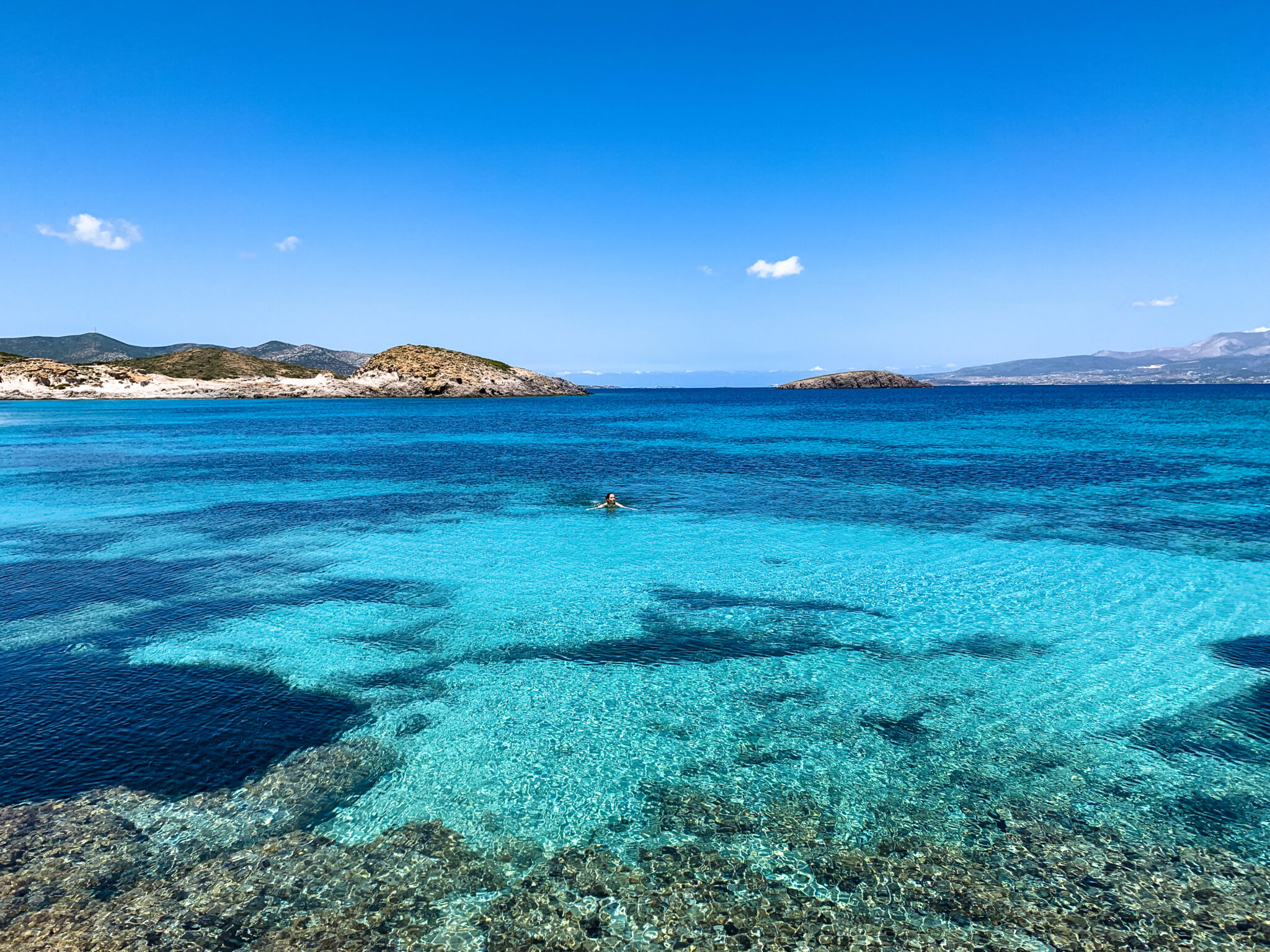In the rolling heartland of Boeotia, just 40 minutes from the fabled city of Thebes and about an hour and a half from Athens, lies a hidden gem of ancient Greek civilisation – Orchomenos. Often just a blip on the Athens-Lamia highway or a detour on the way to Arachova, this agricultural town holds secrets from a time long forgotten.
The crown jewel of Orchomenos is the beehive-shaped tomb of Minyas, a remarkable structure dating from around 1250 BC. Named in a similar convention to the tomb of Agamemnon (or Atreus) in Mycenae, this Mycenaean-era structure bears the name of Minyas, the mythical king of Orchomenos. The name of the tomb was probably given by Heinrich Schliemann, who was the first to systematically excavate it, as he had done in Mycenae.
Schliemann wasn’t the first to set eyes on the site. Earlier in the 19th century, Lord Elgin had attempted to excavate it, albeit unsuccessfully. The French School of Archaeology, and later the Bavarian Academy of Sciences, followed Schliemann’s lead and uncovered a marble tomb consisting of four parts: a path (a trench), an entrance, a chamber (a small side dome) and the main dome – a colossal structure with a conical roof.
Originally, this tomb was probably the final resting place of the royal family of Orchomenos and later served as a treasure vault. However, when Schliemann and subsequent excavation teams revealed its grandeur, they found no precious objects, no silver, bronze or gold, as had been the case in other Mycenaean tombs. Tomb raiders had beaten them to it.
What’s certain is the untouched and awe-inspiring state of the tomb, 15 centuries after its construction, when the first travel blogger in history, Pausanias, visited in the 2nd century BC. He marvelled at the construction of the dome, comparing it to the Cyclopean walls of Tiryns and the Egyptian pyramids. It seems that the tomb (or ‘treasure’ as Pausanias called it) was already an attraction for passers-by and visitors to Boeotia, a region of greater importance in ancient Greece than it is today.
A stop at Orchomenos is certainly a must for anyone with an interest in antiquity if you find yourself in the wider area. Even if you have no such interests, you will be impressed by this magnificent structure. Especially when you consider that all these heavy materials were transported and worked on by craftsmen and workers with the means that were available to them almost 3,300 years ago.
The Tomb of Minyas is not the only important cultural attraction in Orchomenos. Very close to it is the ancient theatre from the 4th century BC, which unfortunately belongs to the category of poorly preserved ancient monuments. Its easy accessibility and intense activity during the Middle Ages led to the destruction and looting of a large part of the monument. Nearby is another important building, this time Byzantine. The Monastery of Skripou, a work of the 9th and 10th centuries, is also linked to a very important event in the more recent history of Orchomenos. You can read more about this important religious monument here.
Tips for Your Trip
Orchomenos and its monuments can be a stop on a day trip from Athens to Livadeia and the wonderful springs of Krya.
Orchomenos is also 45 minutes from Arachova and 55 minutes from Delphi.
A gastronomic hotspot of Orchomenos is the trout farm at the springs of Harites, which uses the waters of Melanas. It’s worth a visit to buy fish, see the facilities and enjoy your coffee overlooking the water.
Another Mycenaean attraction in the area is the Acropolis of Gla, about 20 minutes from Orchomenos.
Less than 20 minutes from Orchomenos, Skydive Athens is a free-fall parachuting centre for those who want to try their hand at adrenaline sports.
Read also:
Panagia Skripous, a Valuable Monument in Viotia



